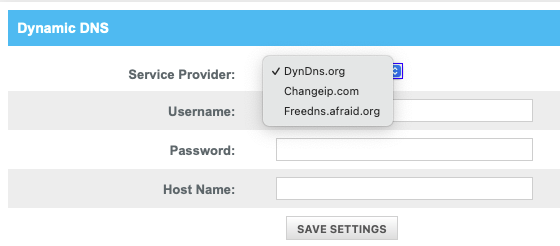Port forwarding works from Internet to my server, eg: https://SnellsNotebook.us properly produces a web page to an internet user. However attempting to connect to the server using its FQDN (SnellsNotebook.us) from device connected to the LAN (wired or wireless makes no difference) results in accessing the router’s login web page. This behavior is unique in my experience, as all of the routers I have had previously would resolve the FQDN the same regardless of whether the request came from WAN or LAN.
Static address for my web server srv1.local is 192.168.0.10
I have forwarded ports 80 and 443 to 192.168.0.10
Port Triggering is off. RIP is off. DMZ is off. Symptom remains if 192.168.0.10 is in the DMZ. ALG has all options checked. No devices are bridged.
I have seen references that claim routing to the FQDN from with the LAN are not supposed to work. If that is the case for the ARRIS SBG8300 can anyone recommend a cable modem/router that will perform the way I want it to?










